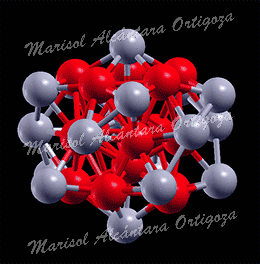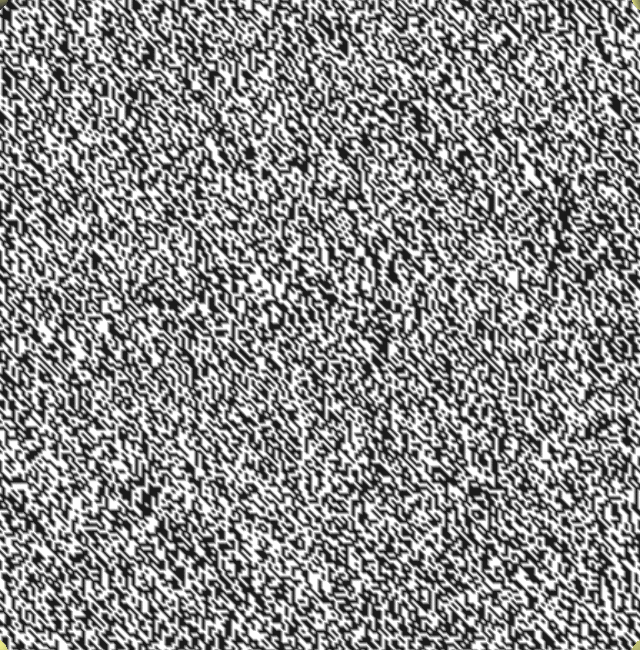Jul - 24 - 2013
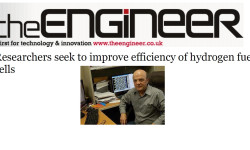
An article “Researchers seek to improve efficiency of hydrogen fuel cells” featuring Prof. Stolbov and my work has been published in “The Engineer” the only magazine serving the United Kingdom’s engineering technology community since 1856. Reference: http://www.theengineer.co.uk/energy-and-environment/news/researchers-seek-to-improve-efficiency-of-hydrogen-fuel-cells/1012018.article
Jul - 24 - 2013
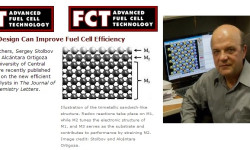
The Advanced Fuel Cell Technology magazine, published by Seven Mountains Scientific, Inc., has devoted to our work an article entitled “Rational Design Can Improve Fuel Cell Efficiency” highlighting that our rationally designed materials may improve both efficiency and cost-effectiveness of fuel-cells cathode catalysts, outperforming the best platinum-based catalysts to date. Reference: http://7ms.com/fct/online/2012/03/rational-design-can-improve-fuel-cell-efficiency.html
Jul - 24 - 2013
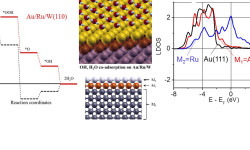
[J. Phys. Chem. Letts. 3, 463 (2012)] The hydrogen fuel cells convert chemical energy stored by hydrogen molecules into electric energy and the only product of this reaction is clean water. However, large-scale practical applications of these very promising sources of clean renewable energy are still restricted by unacceptably high cost of platinum-based catalysts that are used for the energy conversion. It is thus not surprising that during the past decade […]
Jul - 24 - 2013
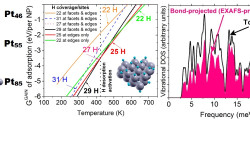
[Phys. Rev. B 84, 245438 (2011)] As experimentalist design better and better techniques to investigate nanoscale systems, anomalous electronic and thermodynamic properties for nanoparticles (NPs) continue being reported. Yet, despite several years of investigations, the origin of these effects was, until recently, still heavily debated. Among the inexplicable “anomalies”, I have focused on understanding those reported for Pt NPs, which include negative thermal expansion from 100 to 700 K, low mean-squared […]
Jul - 23 - 2013
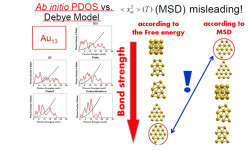
[J. Phys.: Condens. Matter 24, 104026 (2012)] Phenomena at the nano-scale are subjects of wide interest because of their fundamental and technological significance. Structure characterization, stability and thermal properties of nanoparticles (NPs) are, in their own right, topics of intensive research, and today’s physicists use state-of-the-art experimental and computational techniques to unravel them. In reference [1], however, I have directed a study that shows how thoughtlessly application of certain approximations is […]






